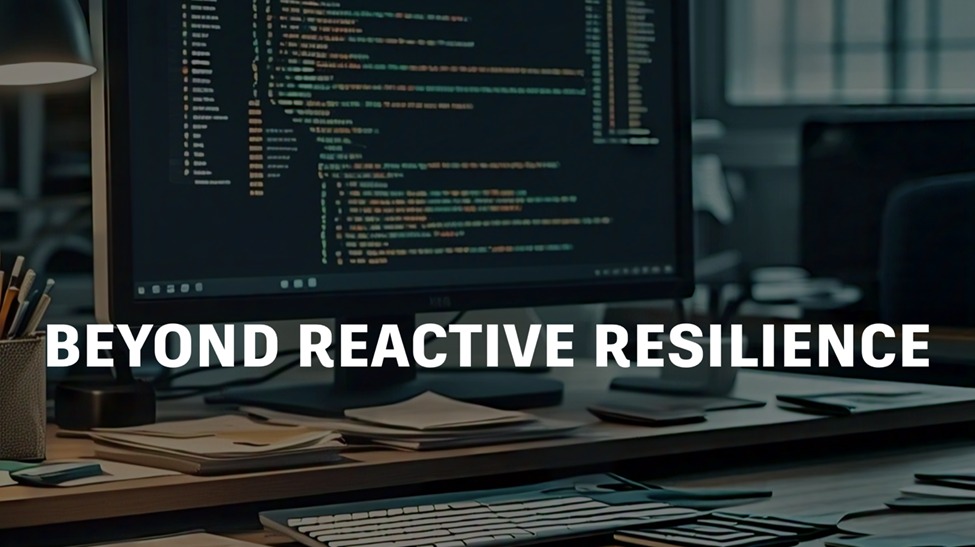In today’s high-speed digital world, the cost of technology failure is astronomical, corporations lose $9,000 in revenue per minute when their systems crash, a 2020 Ponemon Institute study found. That monetary loss is only the tip of the iceberg; outages also break customer trust and eat away at market share. Under the ever-present stress of technology, fueled by the explosion of microservices, cloud computing, and AI, modern systems are so complicated that ensuring reliability is a task unprecedented. Take, for example, the 2017 cloud outage in a major cloud services provider, an error during the routine maintenance brought mass disruption, taking hundreds of services down for hours. Such outages mask a harsh reality: in the world connected to technology, flawless performance is impossible. Luckily, cutting-edge practices like gamedays and chaos engineering are a failsafe. Through deliberate failure creation, these processes enable organizations to make their systems and teams resilient, turning prospective chaos into an orchestrated exercise in resilience.
With the rapidly changing, highly interconnected world of today, system failure can have genuinely far-reaching, even catastrophic consequences. With that in mind, organizations simply can’t afford to wait to work towards reactive responses of resilience, where reaction is only mounted after systems have failed. Instead, organizations need to take an approach of proactive commitment to system reliability that actively prevents and anticipates failure before its reality.
Abhiraj Singh Chouhan, a reliability engineering expert shared his actionable framework for proactive reliability. Through his application of Gameday exercises, he has crafted an end-to-end and actionable approach to resilient systems capable of withstanding even the most unanticipated adversities. During the course of this conversation, we take a detailed examination of how this paradigm works, laying out the practices, principles, and advantages of proactive system reliability. An engineer, manager, or someone merely wanting to develop more reliable systems, this conversation will be informative with practical takeaways.
The 5-Phase Gameday Framework: A Deep Dive
This framework consists of five distinct phases, each carefully designed to simulate real-world failures, test system resilience, and foster a culture of proactive improvement.
- Contextualization: Teams begin by defining scope and objectives, identifying mission-critical systems (e.g., payment processors) using risk heatmapsthat score failure impact. Cross-functional stakeholders—developers, operators, incident commanders are involved.
- Failure Scenario Design: Scenarios blend historical precedents (that happened within the targeted service area) with emerging threats (AI-driven DDoS attacks). The key? Balance plausibility and impact
- Exercise Preparation: Here, meticulous planning reigns. Teams develop detailed test plans and scripts, configure monitoring tools, draft response protocols, and prepare communication channels.
- Exercise Execution: During the exercise, teams simulate the designed failure scenarios, observing and recording system behavior, team responses, and key metrics. Abhiraj recommends introducing unexpected twists and surprises to mimic real-world uncertainties.
- Debriefing and Improvement: In the final phase, teams conduct a thorough debriefing, analyzing lessons learned, identifying areas for improvement, and developing actionable recommendations and assigning owners. Abhiraj emphasizes the importance of fostering a culture of blameless continuous improvement, where teams can reflect, adapt, and evolve in response to emerging challenges.
By embracing this 5-phase framework, organizations can unlock the full potential of Gameday exercises, transforming their approach to system reliability and resilience. As Abhiraj notes, “Proactive resilience is not a nicety, it’s a necessity. By embracing Gameday exercises, organizations can stay ahead of the curve, minimize risk, and deliver exceptional user experiences.” This proactive approach not only ensures business continuity but also fosters a culture of innovation, where teams can experiment, learn, and adapt without fear of failure.
Moreover, the benefits of Gameday exercises extend beyond the technical realm. By building competitive armor, organizations can enhance their brand reputation, customer trust, and ultimately, their bottom line. As one adopter quipped, “We don’t fear outages anymore. We almost welcome them.” This mindset shift is a testament to the transformative power of proactive resilience, where organizations can turn potential weaknesses into strengths, and stay ahead of the competition in an ever-evolving technological landscape.





























